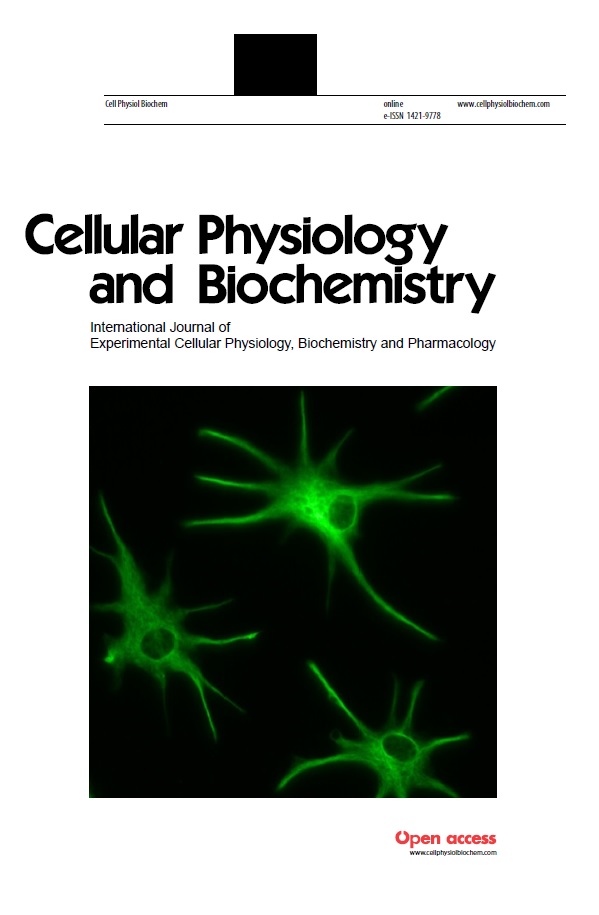
Photo from archive.org
Background/Aims: Recently, studies have shown that interleukin-37 (IL-37) is involved in atherosclerosis-related diseases. However, the regulatory mechanisms of IL-37 in atherosclerosis remain unknown. This study aims to determine the role… Click to show full abstract
Background/Aims: Recently, studies have shown that interleukin-37 (IL-37) is involved in atherosclerosis-related diseases. However, the regulatory mechanisms of IL-37 in atherosclerosis remain unknown. This study aims to determine the role of IL-37 in atherosclerosis and to investigate the underlying mechanisms involved. Methods: IL-37 expression in human atherosclerotic plaques was detected by immunohistochemical staining and real-time reverse transcription polymerase chain reaction (RT-PCR). Oil Red O staining was used to measure the size of plaques. Cell apoptosis in vitro and in vivo was tested by flow cytometric analysis and terminal deoxynucleotidyl-transferase mediated dUTP nick-end labeling (TUNEL) staining, respectively. Protein expression levels of IL-37, IL-18Rα and p-Smad3 were measured by Weston blotting. Results: Immunohistochemical staining revealed that IL-37 was highly expressed in human atherosclerotic plaques. Intracellular cytokine staining revealed that infiltrated CD4+ T lymphocytes and vascular smooth muscle cells (VSMCs), but not macrophages, were the major sources of IL-37. Mice that overexpressed IL-37 exhibited significant improvements in their atherosclerotic burden, as demonstrated by reduced plaque size, increased collagen levels, and reduced numbers of apoptotic cells in vivo. Subsequently, mechanistic studies showed that IL-37 played an anti-atherosclerotic role, at least partially, through reducing inflammation by promoting the differentiation of the T helper cell anti-inflammatory phenotype, and through increasing plaque stability by decreasing matrix metalloproteinase (MMP)-2/13-mediated degradation of collagen and inhibiting VSMCs apoptosis. Conclusion: IL-37 may be a novel potential therapeutic target in patients with atherosclerotic heart disease.
Journal Title: Cellular Physiology and Biochemistry
Year Published: 2018
Link to full text (if available)
Share on Social Media: Sign Up to like & get
recommendations!